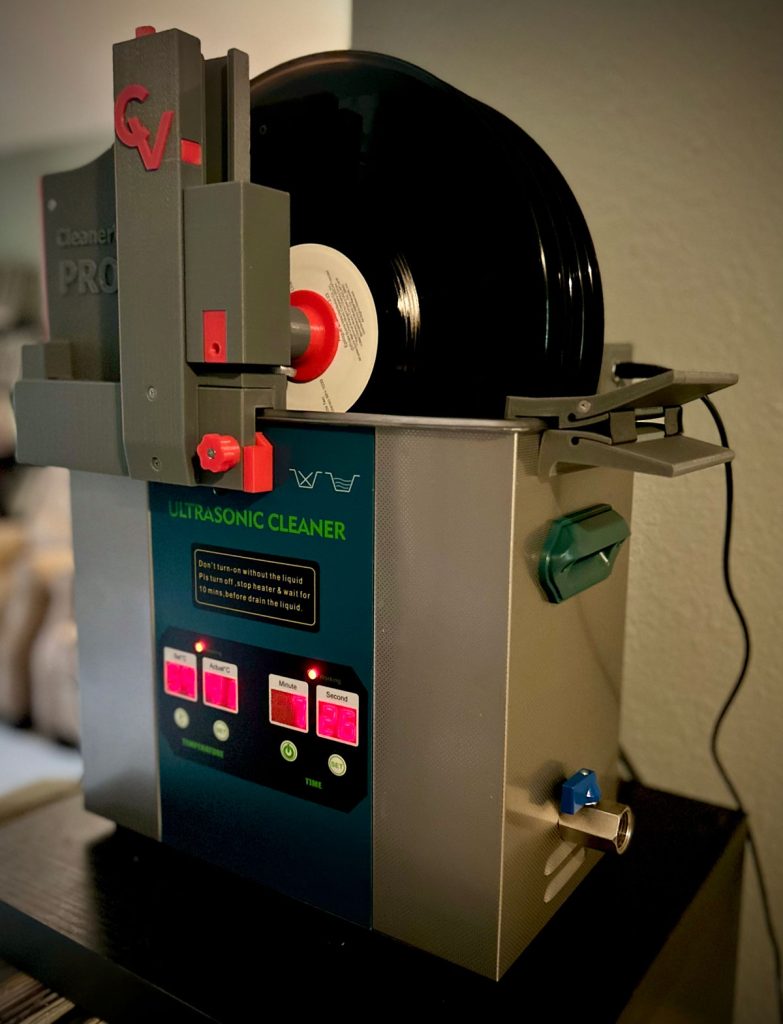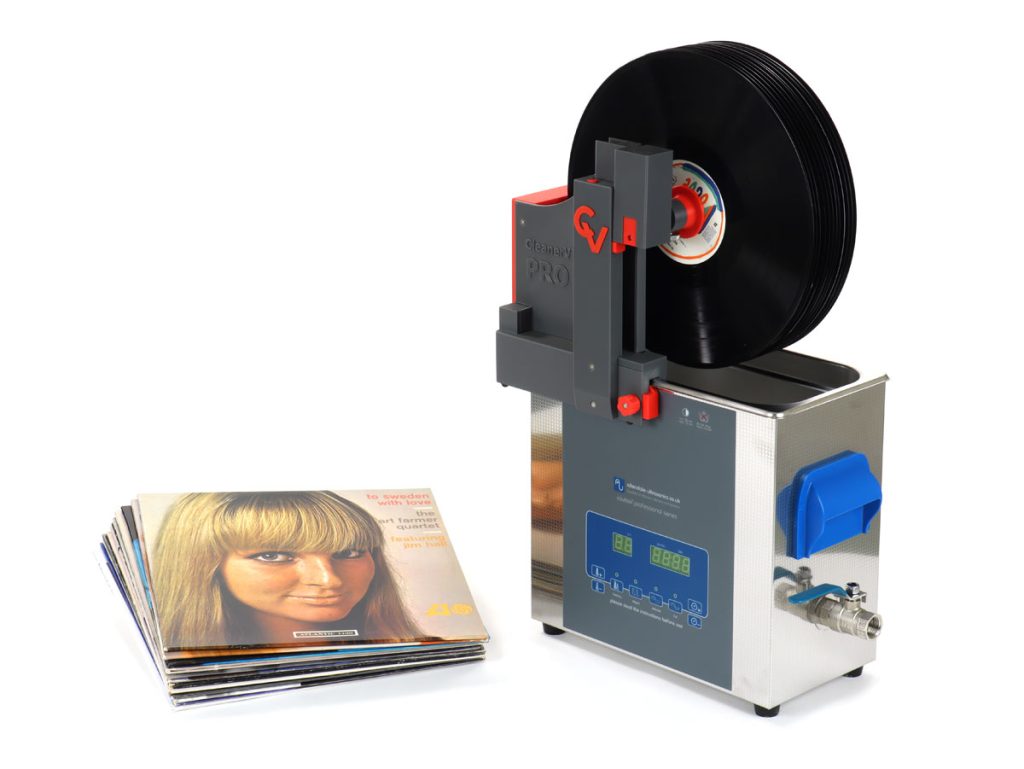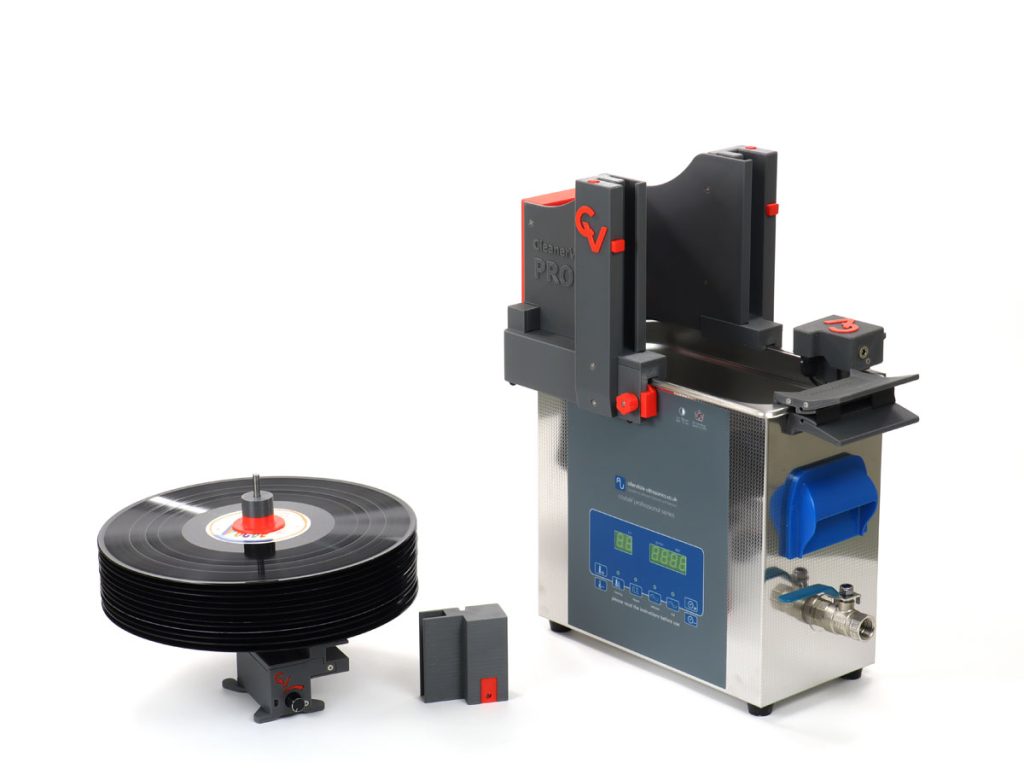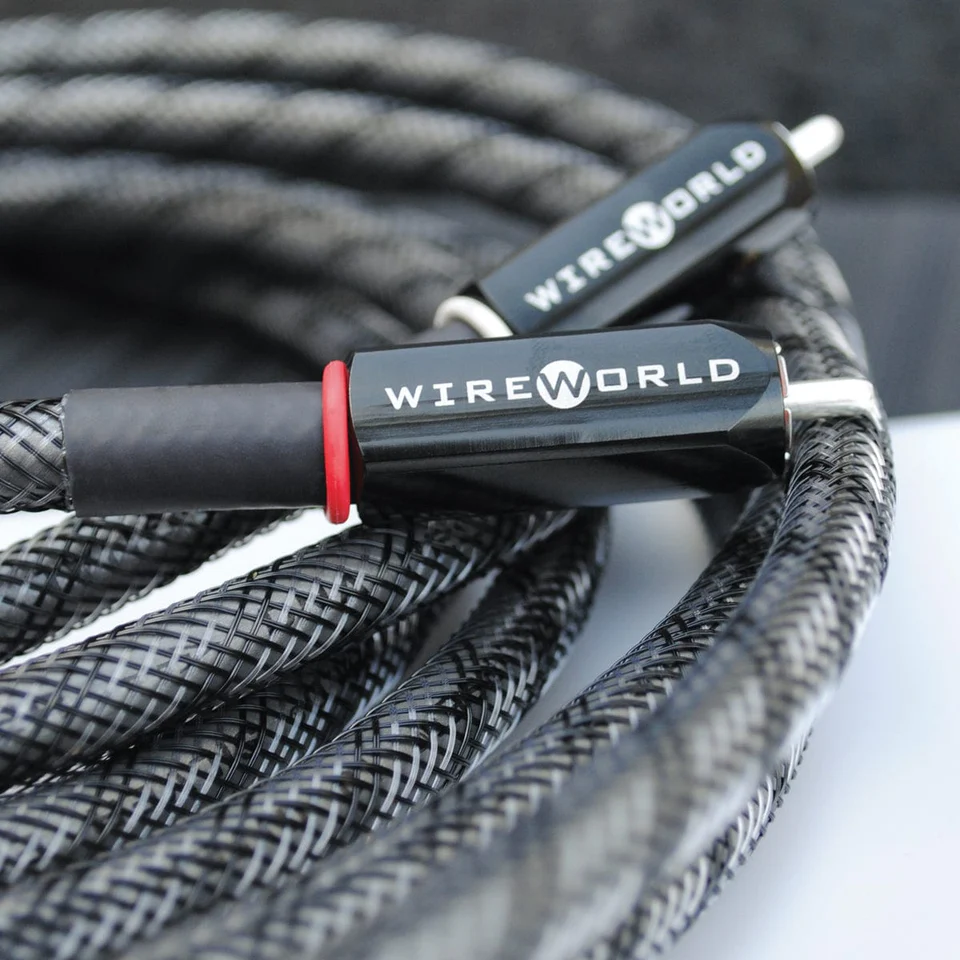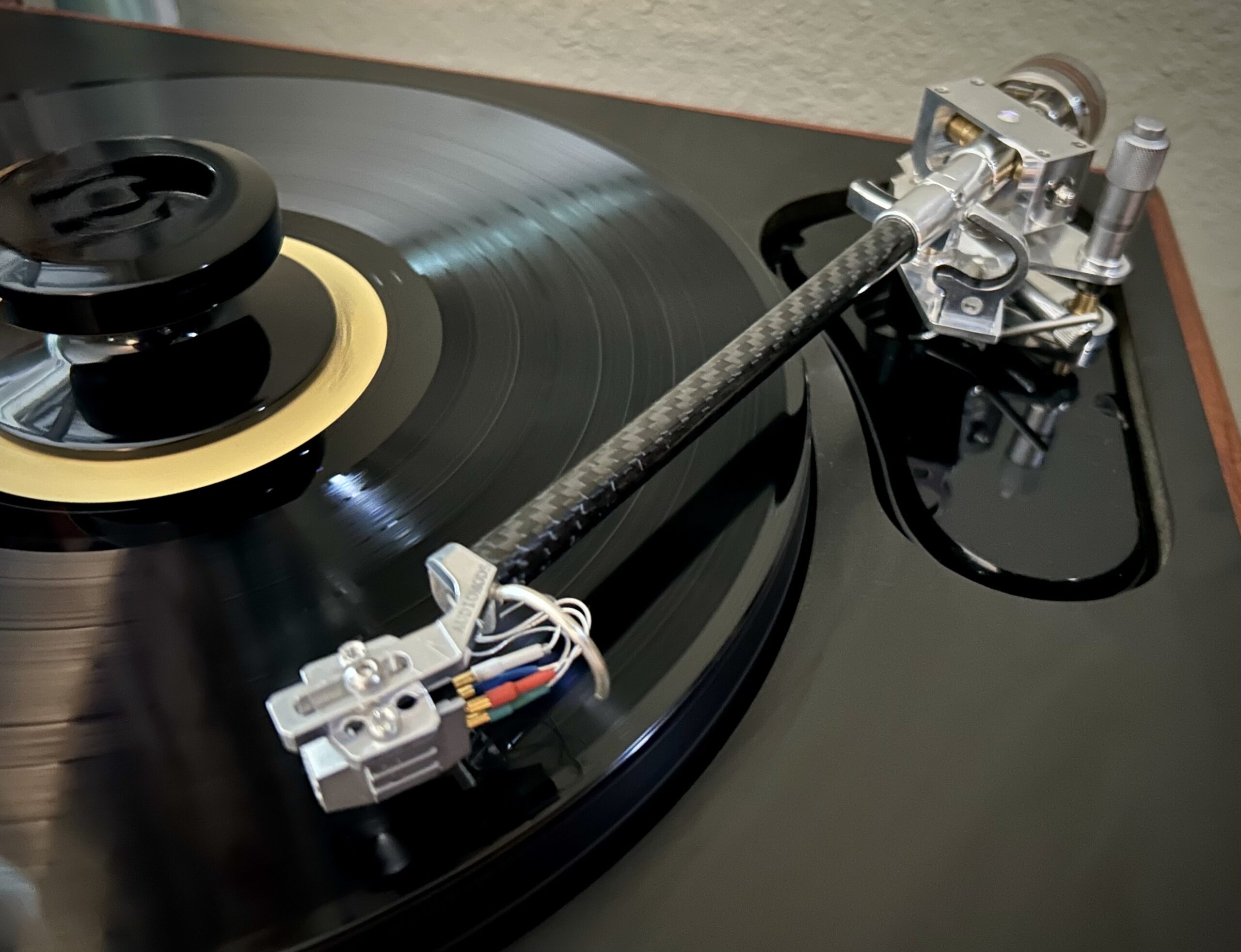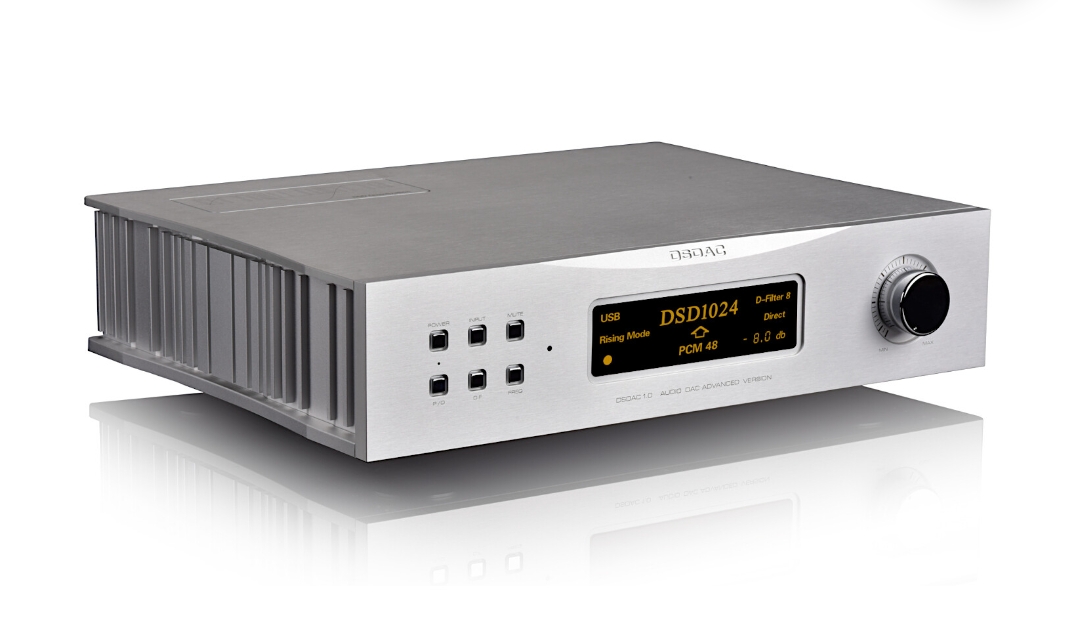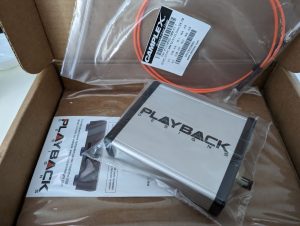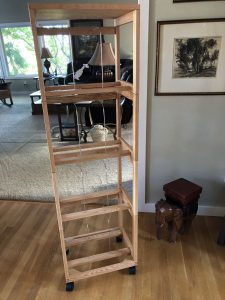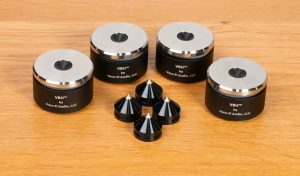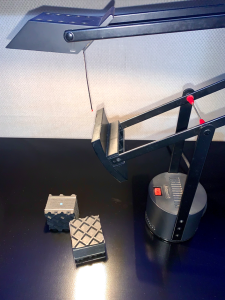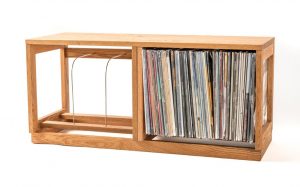Playing vinyl is some of the most fun you can have in this hobby. Sliding a record out of its sleeve and setting it on the platter, throwing a switch and watching a turntable to come up to speed, cueing down a tonearm and hearing that satisfying sound of when the stylus contacts the record. You know in just a few seconds music is going to start to flow, and you are whisked off to roughly twenty minutes of bliss. The whole experience elevates a notch when you can listen to clean and quiet vinyl. Yet every moment of joy often comes with a cost, and for many hobbyists cleaning vinyl is a chore at best. In the olden days audiophiles used Parastat or Discwasher brushes, and the well-heeled audiophile owned a vacuum-based record cleaning machine. Apply solution to the record, scrub it vigorously, and then vacuum it off. The process took a good chunk of time, but it certainly was worth it. Fast forward to this vinyl revival we are in, hobbyists have discovered that ultrasonic tanks make superb record cleaners and provide us with an efficient and effective way to curate our record collections.
I was an early adopter of this record cleaning regimen, and at that time I acquired a Vevor 40kHz ultrasonic tank and paired it with the Vinyl Stack system to position and turn records in the tank. This package was affordable, and I remember it costing approximately $700. In the audio world there are always market forces looking for a way to produce something cheaper, and certainly lower prices are always appealing. Now you can find a 40kHz tank on eBay or Amazon for under $200. Yet when prices are forced downward, the quality of the parts, methods of assembly, the level of quality control checks, and even the strength of the machine all suffer. At the same time there has been a rise of ultra high-end machines with price tags that often exceed $3000 or more. In this current environment we have these two poles residing on the extreme ends of the spectrum, so what options are available to those who want better than entry level cleaners, yet do not want to invest in machines that cost more than last summer's vacation? I essentially faced this same puzzle, and so I began researching what the costs and benefits associated with a more powerful ultrasonic tank. This is when I came across the products from CleanerVinyl, and struck up a conversation with its owner Rudy Schlaf. Rudy has an extensive background in the restoration of Bang & Olufsen electronics under the name beolover, yet more importantly he has a PhD. In the field of Physics. A coupling of scientific knowledge with the experience of turntable restoration led Rudy to make a deep dive into the world of ultrasonic cleaners and their benefits for cleaning records.
In an ultrasonic tank there are several transducers that generate sound waves within the tank's bath. These waves create areas of high and low pressure which result in bubbles which travel through the tank. When these bubbles contact a surface, they collapse and the energy contained is released against this barrier, which for us is the surface of a record. The energy scrubs clean the grooves, removing all sorts of contaminants. The frequency range the transducers are tuned for creates different sizes of bubbles, which interact with the record with distinct differences. The standard 40kHz tank will create larger bubbles, which are excellent for cleaning dust and dirt from the vinyl, but do not penetrate as deeply into the groove as an 80 or 120kHz tank would. These higher frequency transducers create smaller bubbles that remove smaller contaminants such as chemical films, smoke residue, oil from fingerprints. Since I already have a 40kHz tank and I noticed CleanerVinyl has an affordable 132kHz tank, I decided to reach out to Rudy to see if we could spend a bit of time with his products and get an understanding of what the higher frequency cleaners bring to the table. Rudy was kind enough to send a combination my way which also included the PRO system for turning and drying records.
CleanerVinyl has an array of record gantries, from basic to commercial grade. The PRO System can hold up to six standard issue records, or four or five 180- or 200-gram ones. You install the records on the spindle shaft and use a small disc to space them apart. My Vinyl Stack had these massive discs made of plastic with embedded O-rings to protect the label. When using the CleanerVinyl system you find out this is unnecessary as the water tension prevents any moisture from reaching the label. I could only do three albums at a time with my Vinyl Stack, and now I can safely clean five or six in a batch. The additional throughput is an aspect I greatly appreciate, as I want to effectively clean as many records as possible in the time I set aside for this job. The gantry is produced in the US through a 3D manufacturing process. Every element on the PRO System is accessible and replaceable, which means this is not a throw away component, but instead can be maintained and serviced. When the cleaning cycle is completed, you slide the record batch upwards following the tracks in the pillars. A set of stops engages, and the records can now be dried. There is a 4-inch fan that you turn on, and within 10 to 15 minutes this batch of records is ready to be played or put away. Now I thought to myself, "What about ambient dust in the air? Won’t you be blowing it onto the records?" Rudy answered this query with the fact that the records come out of the bath with a neutral charge and dust does not cling to the record. This process is less intrusive than other alternatives to drying the record, such as various brushes or cloths. One final element to this system is an in-tank filtering system. There is a removable filter system you install on one side of the tank that sits near the bottom of the bath and continuously filters the fluid through a micron filter during the cleaning process. This ensures the cleanest possible bath for our records and eliminates any redeposit of contaminants.
In an ultrasonic record cleaner, the heavy lifting is done by the cavitation process, and the goal is to discharge as much energy into the deepest portions of the grooves to clear out contaminants. This process does not damage vinyl, but instead provides us with an authentic deep cleaning. The tank is filled with distilled water, and the purpose of any additives is to enhance the transfer of energy between the vinyl surface and the ultrasonic bubble streams. Rudy suggests using a surfactant such as Kodak Photo Flo to provide an even coating of water against the record. A small portion of Isopropyl alcohol can be used to assist with the removal of oily residues such as fingerprints. Other than that, no other chemicals or expensive solutions are needed to clean records. The running time of the tank can be anywhere from 7 to 15 minutes. The speed of the spindle motor is variable so you can choose the contact time the record will have with the ultrasonic streams.
The CleanerVinyl system is shipped in two boxes, one for the tank and the second one held the PRO System. The instructions are straight forward and easy to follow. The gantry is robustly built, while the ultrasonic resembles many other tanks that are sold to the consumer market. With that said, it is a 132kHz tank, and affordable ones of this type are very difficult to locate. CleanerVinyl has vetted their manufacturer, and their quality control checks indicate this is a reliable device. The price of the Ultrasonic Cleaner is $599. The complete system with PRO System gantry is $1698.
To start this process off I went to a batch of records that have previously been cleaned on the 40kHz tank, and yet still had residual noise. Every album had a varying degree of crackle to some degree or another, so I had culled them from my library. These are all standard weight albums, so I was able to load six records to a spindle. I set the time for 10 minutes, set the speed for two revolution per minute speed, and sat back and let the ultrasonic bath get to work. After the cleaning cycle I raised the gantry and started the fan to dry the records. This step took approximately 15 minutes, and the result is shiny, clean, and dry records. The listening evaluation revealed an improvement on every record, although two albums were still beyond the threshold of being acceptable. To be fair, this is a tough test, and not every noisy record can be saved. Still, we have four of six records showing marked improvement, with three of them becoming free of any meaningful record noise. For example, I have a Collin Hay album that is an acoustic rendition of the Men At Work catalog, and I could not get rid of a low-level crackle on the first track that has been present since its first play. The 40kHz tank would not alleviate this issue, but one 15-minute cleaning cycle did the trick and I have a flawless album now. These are excellent results in my book, especially given the number of records I cleaned in one batch.
What if we reduce the number of records in a batch and increase the spacing? For this second trial I loaded three records with two spacers between each piece to increase the spacing two-fold. I ran two sets of records this way, one for a ten-minute interval and the second group at fifteen minutes. After listening to these two groups of records, I ended up with the impression that the results were on par with what I obtained from the six-record batch. Now there may be certain circumstances where a reduced number of records will see a benefit, but I doubt it is from the spacing of records. Instead, with less records you have less surface area for the ultrasonic bubbles to collide with, so what you really have is more bubbles interacting with less vinyl surface, which means you get a more intense cleaning process. Depending on the cleaning requirement of the records there are many times that a five or six record load is fine, and other times there may be a reason to reduce the size to four or even three records.
The CleanerVinyl site states that the 132kHz tank excels with the deep cleaning chores, but the next question we must ask is how well will it do with those dusty and neglected albums that vinyl fiends end up finding in their crate digs at the records stores? For this next step I hopped into my car and drove down to the local used record store to gather some albums. For this test I obtained a few records out of the regular used bins, then I found a few more in the $2.99 promotional section, and to finish it off I grabbed a handful of titles from the one-dollar crates on the floor. Through these cleaning sessions I discovered that varying the rotational speed is beneficial, as the slower rotation increases contact time in the bath and allows for a more aggressive cleaning regimen. The tank does have heaters to raise the temperature of the bath, and there were a couple of records I felt benefited from this feature. However, depending on the thickness and composition of the vinyl, it is possible to induce a record warp. So, I would recommend using this option very sparingly, as the sonic transducers heat the tank fluid up on their own, and this is sufficient for most record cleaning tasks. What I have discovered through this process is that record cleaning in an ultrasonic tank is not a set-in stone process. There are several variations that are available, such as rotational speed, the amount and type of additives a person chooses to use in the bath, and what temperature to run the tank at. The CleanerVinyl set up will provide excellent results right out of the box, yet prospective owners can experiment and develop refinements to their techniques that will yield improved results. From the record shopping trip, I purchased a criminally dusty and neglected copy of Dreamboat Annie by Heart. I took the surface dust off with a Parastat brush and ran it through the tank for a fifteen-minute cycle. The initial results were promising, but I still had some residual noise. I set it up for another pass and halved the rotation speed, and this pass showed noticeable improvement from the previous cleaning. With nothing to lose I rolled the dice for another pass where I halved the speed and added a bit of heat. This final pass netted a fine result where there was only minimal noise on some dead wax and provided me with a fine record. Of course, there was a risk that I could have induced a warp, but as you gain experience with the process you learn where the limits are in regard to time, heat, and rotational speed.
Before I bring this evaluation to a close, I would be remiss not to mention how effectively the in-tank filter system performs. The pump efficiently cycles the tank, and throughout all the record cleaning sessions I never saw an accumulation of detritus in the tank. In contrast, with my 40kHz tank I needed to use a flocculant additive so contaminants could settle to the bottom of the tank. I then had to filter the fluid or change it for a new batch. The CleanerVinyl system effectively keeps the tank clean and eliminates any materials from redepositing on the records. Secondly, the 132kHz tank is noticeably quieter than my 40kHz unit. When I mentioned this point to Rudy, his response was that the harmonics of a fundamental 132kHz waveform are higher than the 40kHz tank, and either out of our hearing range or the subsequent fundamentals that do approach our auditory bandwidth have lost significant amounts of energy and have a lower dB level. When we finally get down to the harmonics within our hearing spectrum, there is significantly less intensity being radiated, so the process presents as "quieter." The benefit of this is I can keep this cleaning system in a room adjacent to my listening room and have it running while I play music or take care of other activities. Alternatively, I keep the 40kHz tank in my garage, as it is distractingly loud. Finally, this tank is compact and does not take up a substantial portion of real estate. On the flip side, this also means that you need to pay attention to positioning the gantry and the in-tank filter system, to maintain sufficient clearances for the records. This is not a complicated task and after you work through it once or twice it will become second nature. This entire system is neatly laid out with a "form follows function" blueprint, and users have a purpose-built tool for cleaning their records that does not have an extravagant price tag.
The modern-day audio hobbyist is fortunate to have access to a wide array of record cleaning devices, and many of these devices are far more effective than what people had in the 1970s. Remember the Discwasher system? Many hobbyists used this device, which was a velour pad attached to a nice walnut block of wood. You sprayed that pad with distilled water with some unknown concentration of additives and wiped it across the surface of the album. This is not a recipe for effectively cleaning records. For several years, the vacuum record cleaning machine set the bar for high performance record cleaning, and even today it is a viable method. Yet it is noisy, time-consuming, and not terribly efficient. Cleaning systems that utilize ultrasonic waves have taken over the top spot and have a degree of effectiveness that outpaces other cleaning processes. The CleanerVinyl ultrasonic system is engineered to deep clean records and has a sensible drying option that is both simple and effective. The 132kHz tank is affordably priced at $599, and CleanerVinyl has several record mounting systems that range from modest to their top-of-the-line system that is often used by record stores or other commercial companies. Each gantry system is designed for longevity and can have all parts repaired or replaced. The in-tank filter is extremely effective and ensures a pristine cleaning solution during the entire record cleaning session. Hobbyists who want value for their investment will appreciate this system, as it is an effective cleaning system that is well built but without an exorbitant price tag. Yes, you can buy cheaper systems for a few hundred dollars, but you will not equal its performance. Reach out to the fine folks at CleanerVinyl, I think you will appreciate their passion for our hobby.
CleanerVinyl Ultrasonic Record Cleaner
Retail: Ultrasonic Cleaner is $599. The PRO System is $1698.
CleanerVinyl




